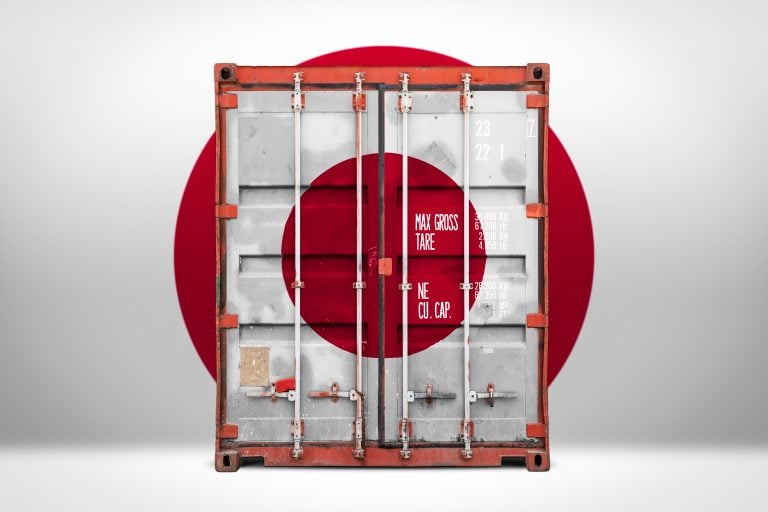What is the difference between Carbon Neutral and Net Zero
Why Net Zero is held in higher regard
And do Carbon Credits actually help the environment?
Whilst it is the goal for many companies to reduce their carbon footprints, investors should understand the subtle difference between being Carbon Neutral and Net Zero.
These two terms have been used interchangeably, so the confusion is understandable, but they actually refer to two different things and understanding this difference is vital.
Carbon Neutral
Carbon neutrality is achieved when a company’s carbon emissions are offset by an equivalent amount being removed.
This usually means buying carbon credits, which in turn are generated by projects that reduce, remove or capture greenhouse gas (GHG) emissions from the atmosphere, such as planting trees.
The number of companies that claim carbon neutrality through buying such offsets has proliferated in recent years. Some are even using it as a selling point to entice customers.
For example, Qantas (ASX:QAN) offers what it calls a Fly Carbon Neutral (FCN) offsetting program, which gives customers the opportunity to offset their flights.
Qantas says the FCN program invests in offset projects that not only reduce emissions, but in many cases also provide “broader community and environmental benefits both in Australia and overseas.”
“Offsets should complement, not substitute for, direct emissions reductions,” said Hugh Grossman, executive director of the Investor Group on Climate Change.
“There’s a risk that reliance on offsets may delay the necessary structural changes to decarbonise the economy.”
Net Zero Carbon
Net zero, on the other hand, is when a company’s carbon footprints are nullified through reducing emissions from its own operations, and implementing in-house measures to remove CO2.
This could, for example, be achieved through transitioning to renewable energy sources, improving energy efficiency in the office buildings, or simpler things like reducing the use of paper and recycling.
It could also be partly achieved by sourcing products from suppliers who are themselves net zero carbon emitters.
Becoming net zero (as opposed to carbon neutral) is therefore held in higher regard, as you’re reducing carbon emission at the source instead of trying to offset what’s been produced.
On the ASX, companies that have net zero goals include Coles (ASX:COL), which is targeting net zero by 2050, and Woolworths (ASX:WOW), which said it will be net positive carbon emissions by 2050.
“The transition to net zero represents one of the greatest economic opportunities of our time,” said Fatih Birol, executive director of the International Energy Agency (IEA).
“Companies that embrace this transition early stand to gain a first-mover advantage, while those that delay risk being left behind in a carbon-constrained world.”
Are carbon credits worthless?
The idea that you can pay someone to remove an equivalent amount of climate pollution from the atmosphere (via carbon credits) hasn’t always struck the right chords in ethical investing circles.
Various problems with the idea have been cited, such as the fact that no single entity currently oversees the market for carbon offsets. The industry is instead overseen by a patchwork of nonprofits.
This lack of a single authority is crucial because to be credible in the first place, the offset projects must be proven to deliver additional reductions to the company buying those offsets.
In early 2023, an article published on The Guardian suggested that more than 90% of rainforest carbon offsets – purchased by global giants like Disney, Shell and Gucci – are pretty much worthless.
Verra, the largest certifier of these offset credits, said the claims by The Guardian were “absolutely incorrect”, but the story sent a shockwave through the billion dollar offset market and forced Verra’s CEO to step down.
Other experts believe that offsetting provides an excuse for avoiding real emission reductions, and can create a dangerous mirage of ‘climate neutrality’.
“The concept that a polluter can compensate for a tonne of CO2 emitted with the purchase of a credit which represents one tonne of CO2 avoided, reduced or removed elsewhere is beset with problems,” said a report by Carbon Market Watch.
“The equivalence in such tonne-for-tonne offsetting simply does not exist,” it concluded.
Offsetting unavoidable emissions
Meanwhile, proponents of carbon credits say that offset projects are more than just carbon, they also have other benefits such as enhanced biodiversity, habitat protection, creating employment, and providing access to clean and affordable energy.
They also argue that carbon credits offer a mechanism to offset these “unavoidable emissions” by investing in emission reduction projects elsewhere.
Unavoidable emissions include things like transportation, particularly from shipping, which is often considered unavoidable due to the lack of viable low-carbon alternatives for long-distance shipping.
Many offices also rely on fossil fuels like natural gas for cooling/heating, and complete elimination of fossil fuel use may be impractical or cost-prohibitive for some buildings.
“Carbon markets provide a flexible, cost-effective approach to reducing greenhouse gas emissions,” said Dirk Forrister, president and CEO of the International Emissions Trading Association (IETA).
“They allow companies to find the most efficient ways to reduce their emissions while driving investment in clean energy and sustainable development.”
Current problems in Australia’s carbon credits
In Australia, carbon credit can be purchased via what’s called the Australian Carbon Credit Units (ACCUs).
ACCUs are essentially issued to projects that successfully reduce or remove GHGs, as verified and approved by the Australian agency, Clean Energy Regulator (CER).
While they play a significant role in climate change mitigation efforts, there are several challenges such as limited scope of eligible projects, how to ensure verification, and the potential for greenwashing.
“Without rigorous monitoring, reporting, and verification standards, there’s a risk that some projects may not deliver genuine emissions reductions,” said Frank Jotzo, director of the Centre for Climate and Energy Policy at the Australian National University (ANU).
“This will undermine the credibility of the ACCU system, and Australia’s climate efforts.”
The post The Ethical Investor: Carbon Neutral versus Net Zero, and why offsets may not be the answer appeared first on Stockhead.




















